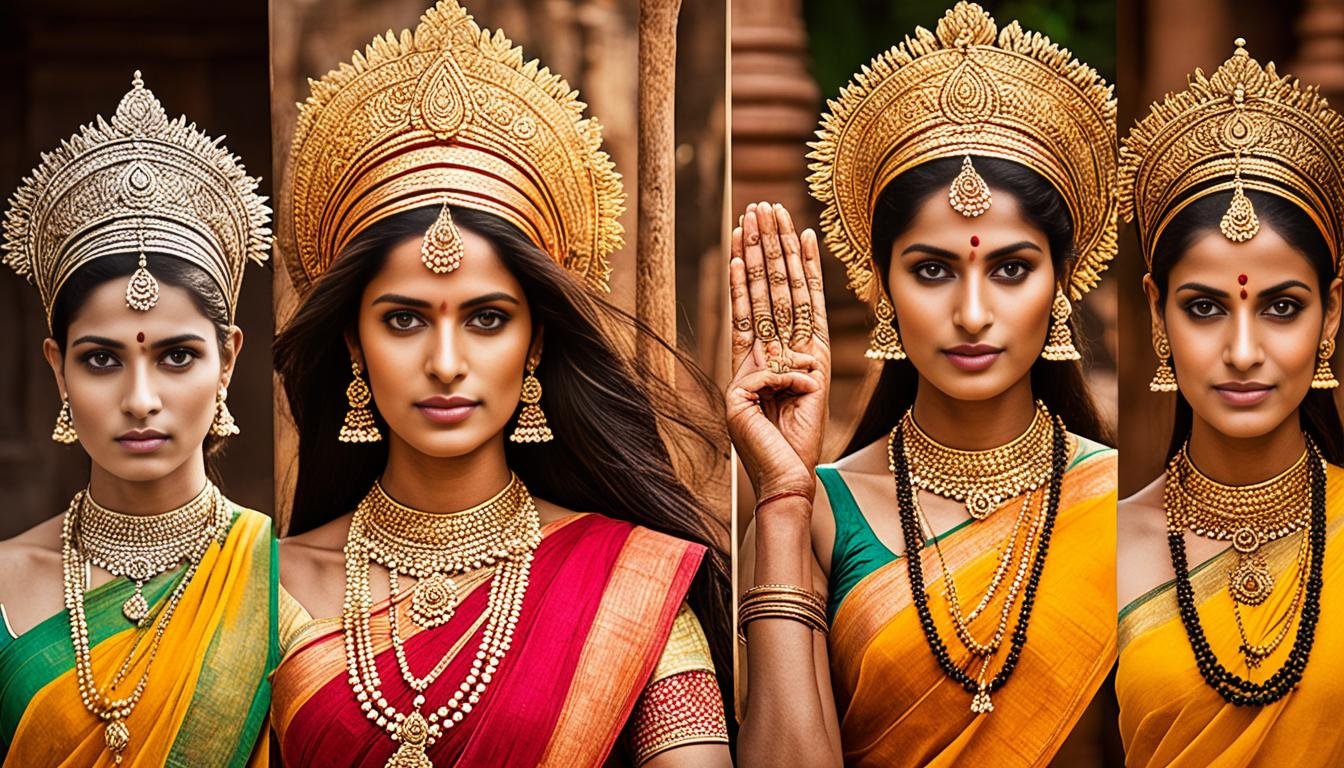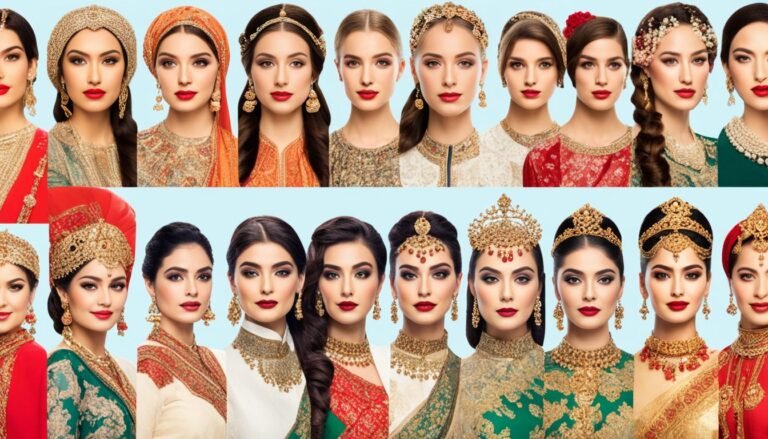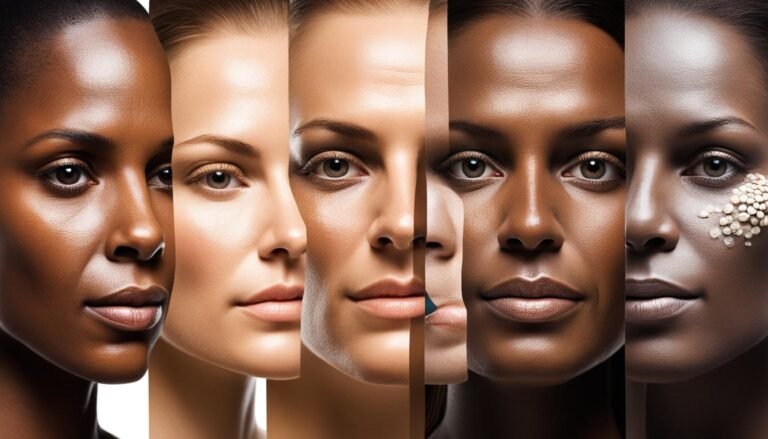How did colorism start in India?
Colorism in India traces its origins back to the historical influence of the caste system, which developed a preference for lighter skin tones. The caste stratification in India was based on the four main pillars – Brahmanas, Kshatriyas, Vaisyas, and Sudras. Sudras, who performed outdoor labor, typically had darker skin. However, it is important to note that darker-skinned individuals could also be members of higher castes, and Hindu deities were depicted with various skin tones.
The distinction between lighter and darker skin tones developed independently across societies in India even before European colonization. While external influences from foreign rulers, such as the Mughals and the British, further contributed to embedding colorism in Indian society, its roots can be traced back to pre-colonial times.
Key Takeaways:
- Colorism in India has historical roots in the caste system.
- Darker skin tones were associated with lower castes, but it is not a universal indicator.
- Caste-related occupations and outdoor labor were often associated with darker skin tones.
- External influences from foreign rulers further deepened colorism in Indian society.
- The origins and perpetuation of colorism are complex and interconnected with various factors.
Colonial impact and societal beauty standards
The colonial rule of the British in India had a profound impact on the perpetuation of colorism in the country. British rulers not only imposed their racial narratives but also manipulated and reinterpreted the existing caste system to align with their own racial beliefs.
British rulers enforced discriminatory practices that favored lighter-skinned individuals in employment and restricted the access of dark-skinned individuals to certain spaces. These practices deepened the color divide in Indian society and laid the foundation for the persistence of colorism.
The influence of colonialism also shaped societal beauty standards in India, with lighter skin becoming associated with beauty and success. This influence is particularly evident in the Bollywood film industry, where fair skin is often preferred for leading roles.
Bollywood, as the largest film industry in India, plays a pivotal role in shaping popular culture and influencing societal perceptions of beauty. The preference for fair skin in Bollywood films contributes to the perpetuation of unrealistic beauty standards and reinforces colorism in Indian society.
“The impact of colonialism on colorism and beauty standards in India is pervasive and deeply rooted in the societal fabric,” explains Dr. Ravi Gupta, an expert in sociology and cultural studies. “The British enforced discriminatory practices that favored lighter skin, and these practices continue to influence how beauty is perceived and valued in contemporary India.”
Impact on Mental Health and Self-esteem
The colonial impact on colorism and beauty standards has far-reaching implications for the mental health and self-esteem of individuals in India. The preference for lighter skin in various contexts, including employment and matrimonial decisions, can lead to feelings of inadequacy, low self-worth, and body shame among those with darker skin tones.
Table: Comparison of Beauty Standards in India
| Historical Beauty Standards | Contemporary Beauty Standards |
|---|---|
| Preference for lighter skin | Continued preference for lighter skin |
| Manipulation of caste system to enforce color hierarchy | Unrealistic beauty standards perpetuated through media and cultural influences |
| Discrimination and bias against darker-skinned individuals | Negative impact on self-esteem and mental health |
These societal beauty standards create unattainable expectations and contribute to a pervasive culture of colorism, where individuals are judged and valued based on their skin color rather than their qualities and merits.
Overall, the colonial impact on colorism and beauty standards in India continues to shape societal norms and perceptions, perpetuating discrimination and inequality based on skin color.
Current implications and challenges
Colorism continues to have significant implications in present-day India. Skin complexion remains a marker for allocating resources, career opportunities, and even matrimonial decisions. In a society that heavily relies on arranged marriages, individuals’ skin tone is often a criteria considered by parents when arranging marriages.
Caste discrimination also persists, with breaches of the caste regime evoking aggression from orthodox Brahmanas. Dark-skinned individuals, particularly Dalits, face the risk of severe punishments, including honor killings.
While colorism in India is intertwined with the caste system, there are also other factors at play, including social and economic contexts. The origins of skin tone bias in India are complex and interconnected, influenced by centuries of foreign rule and the perpetuation of societal beauty standards.
Challenging and dismantling these deeply embedded systems of colorism and discrimination remains a significant challenge for Indian society.






